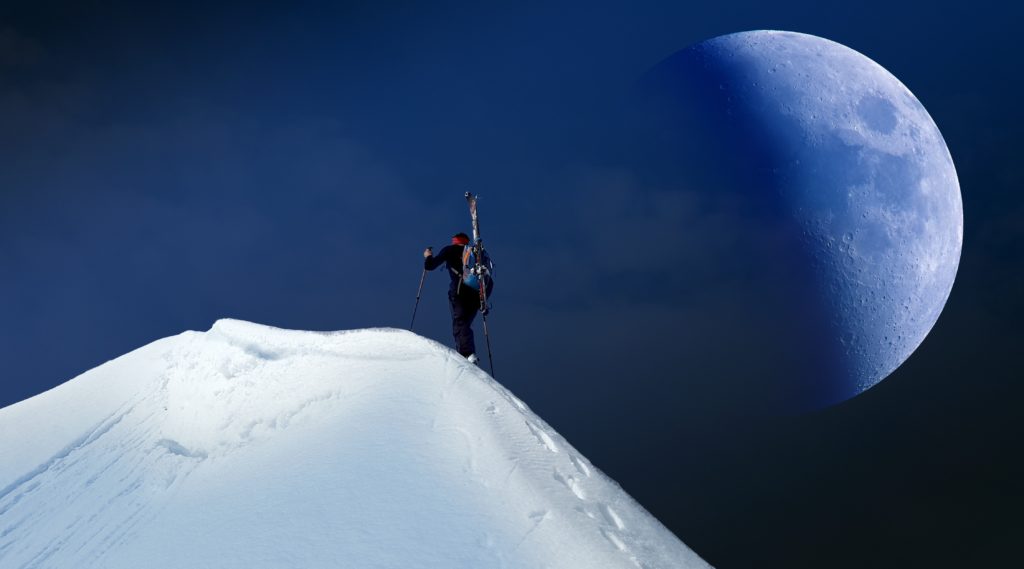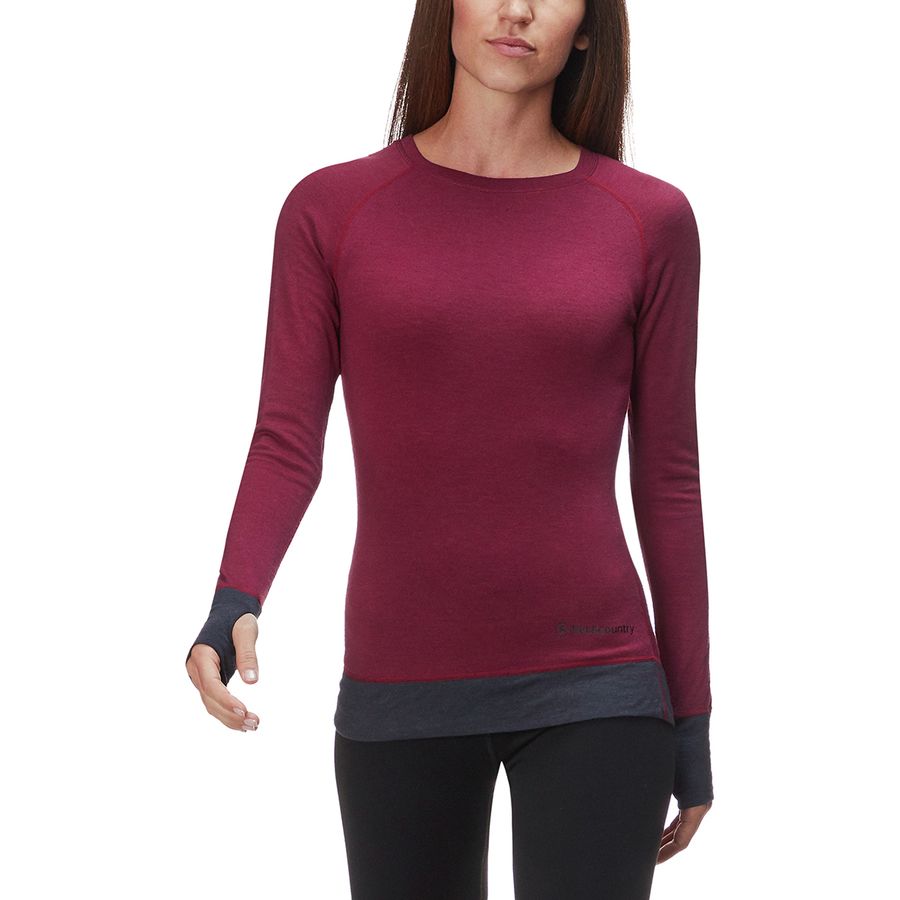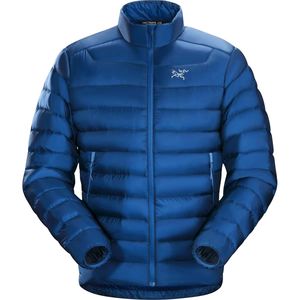Backcountry Layering for Winter Touring
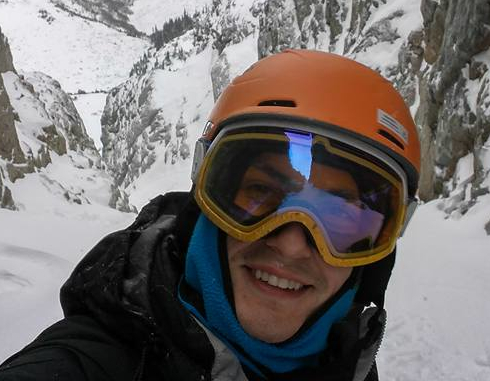
By AVI KLEIMAN
Backcountry Layering
Proper backcountry layering is a crucial skill to learn for your comfort and safety in the backcountry. Layering refers to the multiple articles of clothing – or layers – that one should wear in winter conditions. In this article we will cover the elements of an ideal setup which consists of a base layer, mid layer, and outer layer.
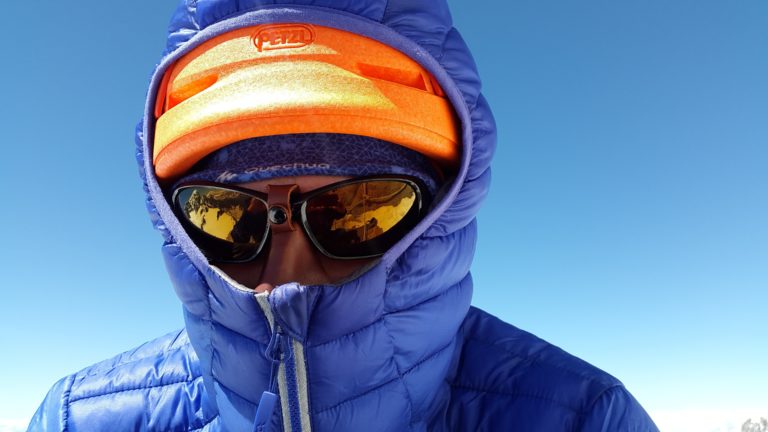
We want to have a good backcountry layering setup for many reasons; the most important of which is to stay warm. However, layering also provides versatility in the unpredictable conditions of the backcountry. As there are many variables to consider, such as changing weather or the amount of physical activity, layering will allow you to bundle up or shed down as conditions change throughout the day.
How to regulate temperature
When it comes to temperature regulation, there are three important factors to consider in your backcountry layering setup:
- Moisture Control – dry is warm
- Insulation – separate yourself from the elements
- Breathable – sweat is water; water freezes
By properly balancing these three factors, you can achieve comfort in the harshest of conditions.
The Ideal Setup
The Base Layer
A good base layer is where it all begins. You want to have something that will help retain heat but also wick away sweat. Many people make the mistake of thinking that thicker is warmer. However, the thicker the base layer, the more absorbent it tends to be. Therefore, in choosing a base layer, be careful in balancing warmth and breath-ability. Generally, you will find base layers in two categories; Merino Wool, or Synthetic.
Merino Wool Base Layer
Merino Wool comes from the Merino sheep which is one of the worlds most ancient and toughest breeds of sheep. Their coat helps them survive in New Zealand’s mountains with temperatures varying from 30°C in the summer to -10°C in the winter.
It follows that a layer of clothing made from the Merino’s coat is effective for keeping you warm and dry. The wool is also super lightweight and breathable. Therefore, a Merino Wool base layer checks all three of the boxes for temperature regulation; Moisture Control, Insulation, and Breathable.
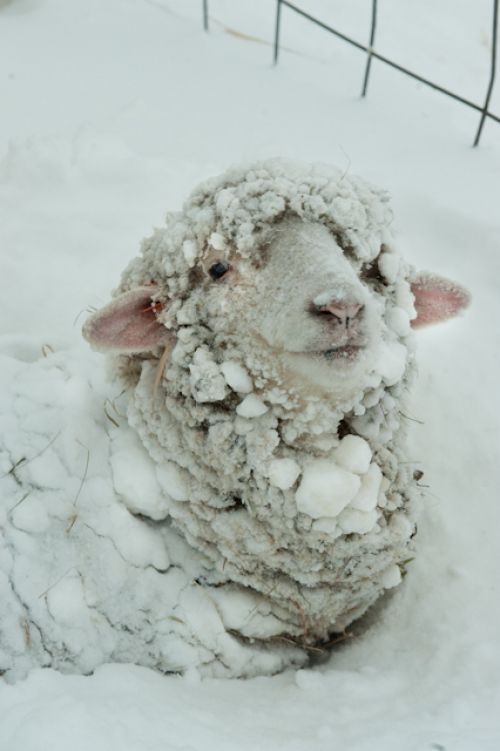
Synthetic Base Layer
While nature provided us with the incredible coat of the Merino, scientists have made significant strides in creating synthetic equivalents in the form of polyester blends. Synthetic blends usually provide the benefit of increased breath-ability and quick drying properties. However, they will tend to have lower warmth to weight ratings. That being said, the synthetic blends are a great option for moisture control and they often come with a lower cost than the Merino options.
The Mid Layer
The mid layer is where you find the bulk of your insulation for backcountry layering. Insulating yourself means to place a barrier between your body and the freezing temperatures. In doing so, you will reduce body heat loss and prevent cold air from getting under your skin.
Insulated mid layers use either down or polyester blends as their filling. Both options apply the same principle of trapping air in the small spaces between the filaments of insulation. Therefore, the loftier (or puffier) the jacket, the more air is trapped, and the better the insulation.
Down Filled Mid Layer
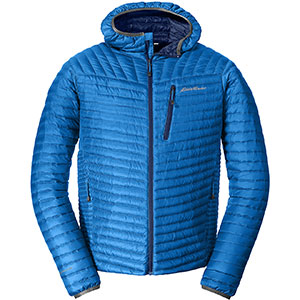
Down filling is made from the feathers of geese or ducks and is a byproduct of raising these animals for food. That being said, most companies have established standards to ensure the down is produced in a cruelty free manner.
Down jackets are rated by their fill power. Do not confuse this with the quantity of down that is used as it is actually the opposite. Fill power is a measure of the amount of space (or volume) the down will occupy for a given weight. Therefore, a higher fill power of 800-900 will create more insulation for less weight. On the flip side, fill power of 500-600 would require more down for the same level of insulation.
The downside to using down (pun intended!) is its water resistance. Regular down does not perform well at repelling moisture. However, this issue has been addressed by a new kind of water-resistant treatment. This special treatment coats the feathers with a layer of water resistance at the molecular level that adds next to no weight and does not affect its insulating performance.
Fleece Mid Layer
The fleece mid layer is the classic option; chosen for being breathable and lightweight. It will also dry quickly, however it is not the most water resistant material. The advantage to fleece today is the variety of cuts available, from vests to full sweaters and everything in-between.
Alternatively, there are hybrid options which combine the quality insulation of down with the breath-ability of fleece where you need it most.
Shop for Fleece Jackets at REI.com
Shop for Fleece Jackets at Backcountry.com
The Outer Layer
The outer layer is what holds your backcountry layering setup together. It is the contact between you and the extreme weather conditions found in the mountains. Therefore, your outer layer is tasked with repelling the wind, water, snow, and ice from the rest of your gear.
If you have a good base layer and mid layer at this point, all you need now for the outer layer is a good shell jacket, which should be windproof, waterproof, and breathable. Of these three, the breathable criteria is often overlooked, but it is equally as important because there is no sense in keeping the water out if you are sweating bullets within.
Gore-Tex Shells
Gore-Tex is the industry leader in waterproof membranes. It works by employing billions of microscopic pores per square inch. These pores are 20,000 times smaller than a water droplet so water cannot penetrate the shell. At the same time, these pores are 700 times larger than a water vapor molecule; meaning, as you heat up, the water vapor from your body will be able to escape.
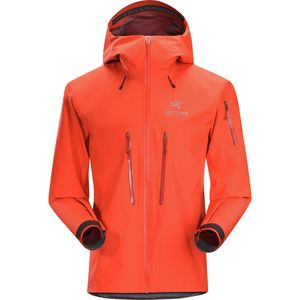
Putting it all together
With the ideal backcountry layering setup, you are now ready to conquer the mountains! In addition to being able to take on the elements, layering also adds a level of flexibility to your gear. If its too hot, layer down; if its too cold, layer up.
